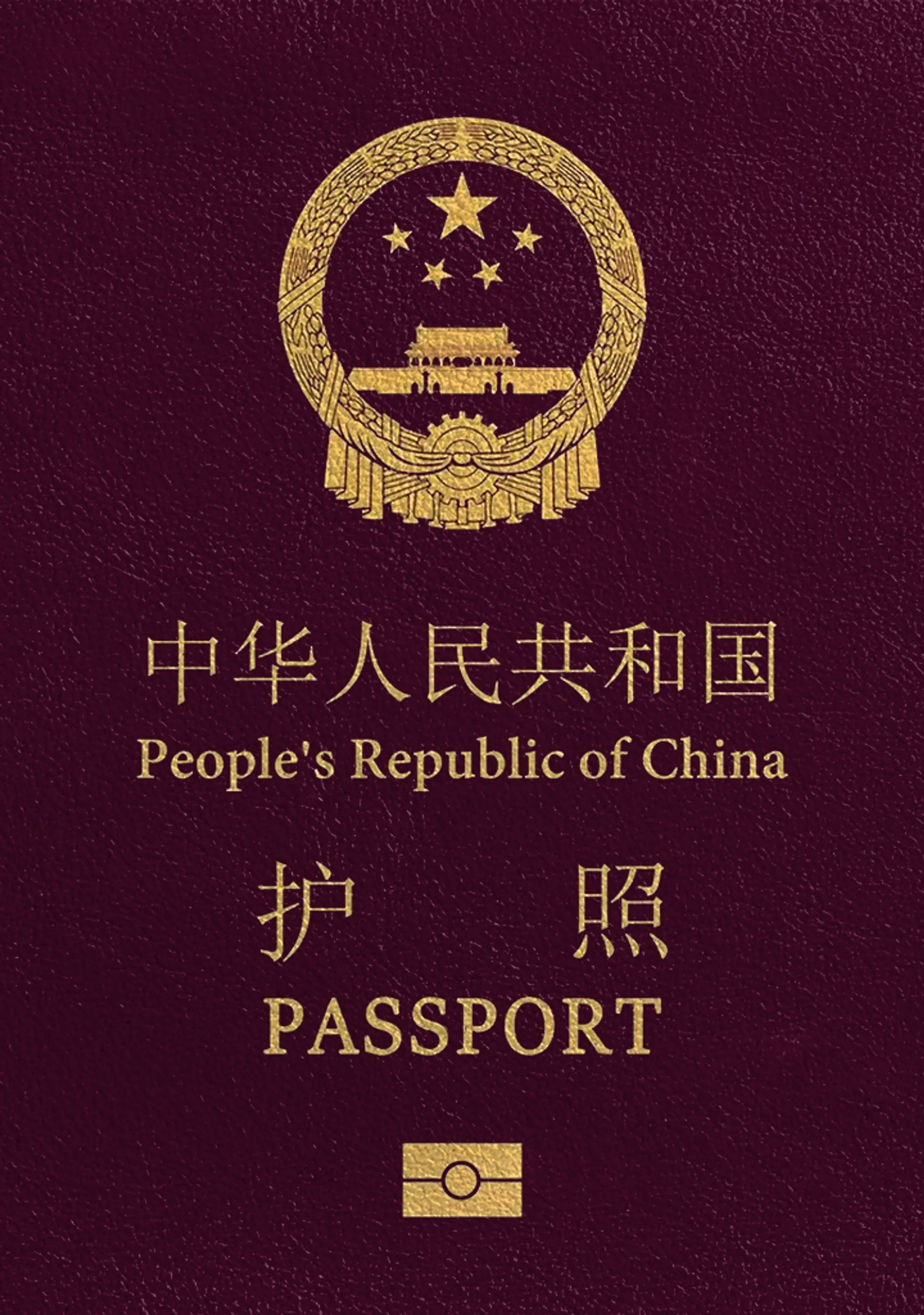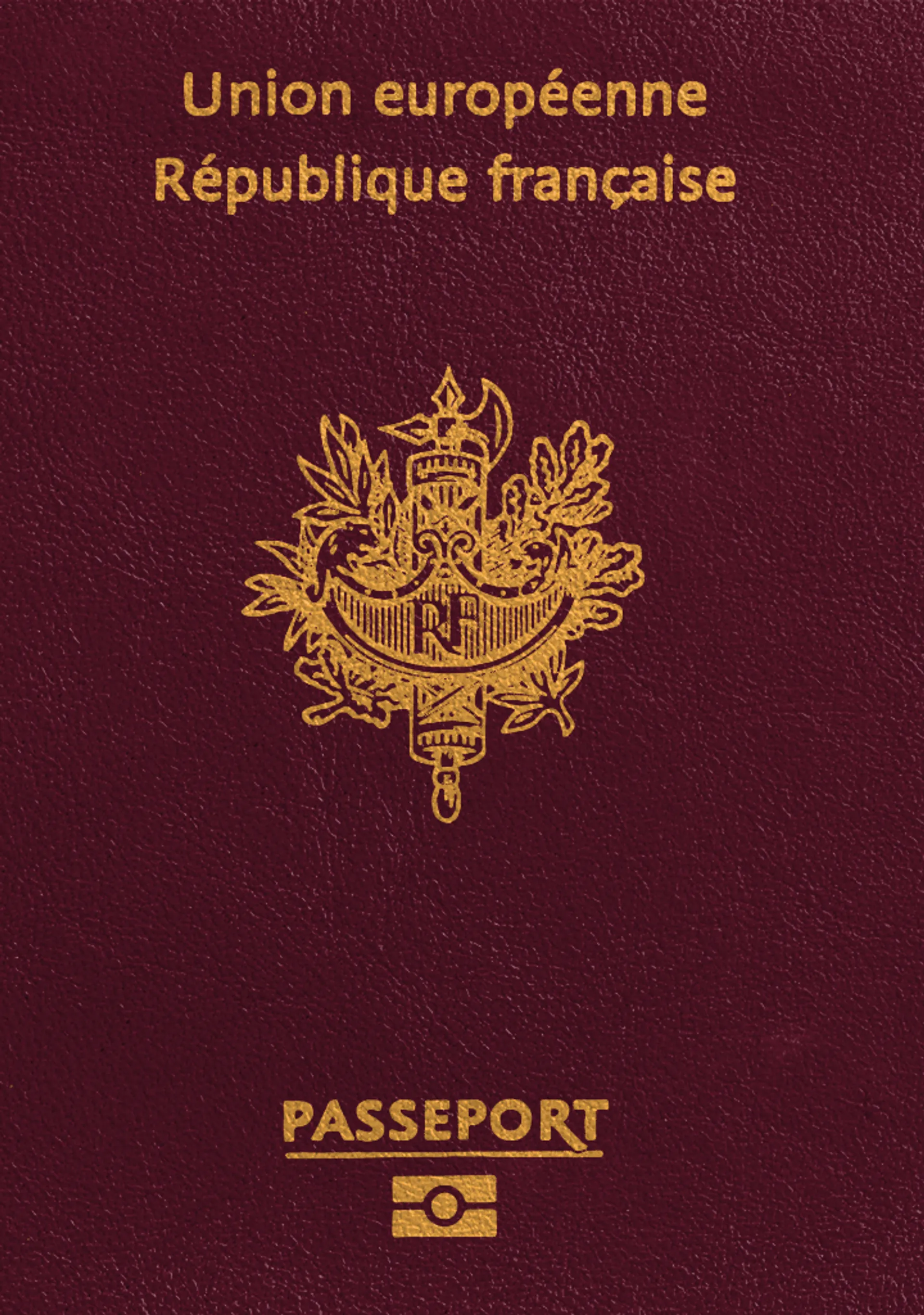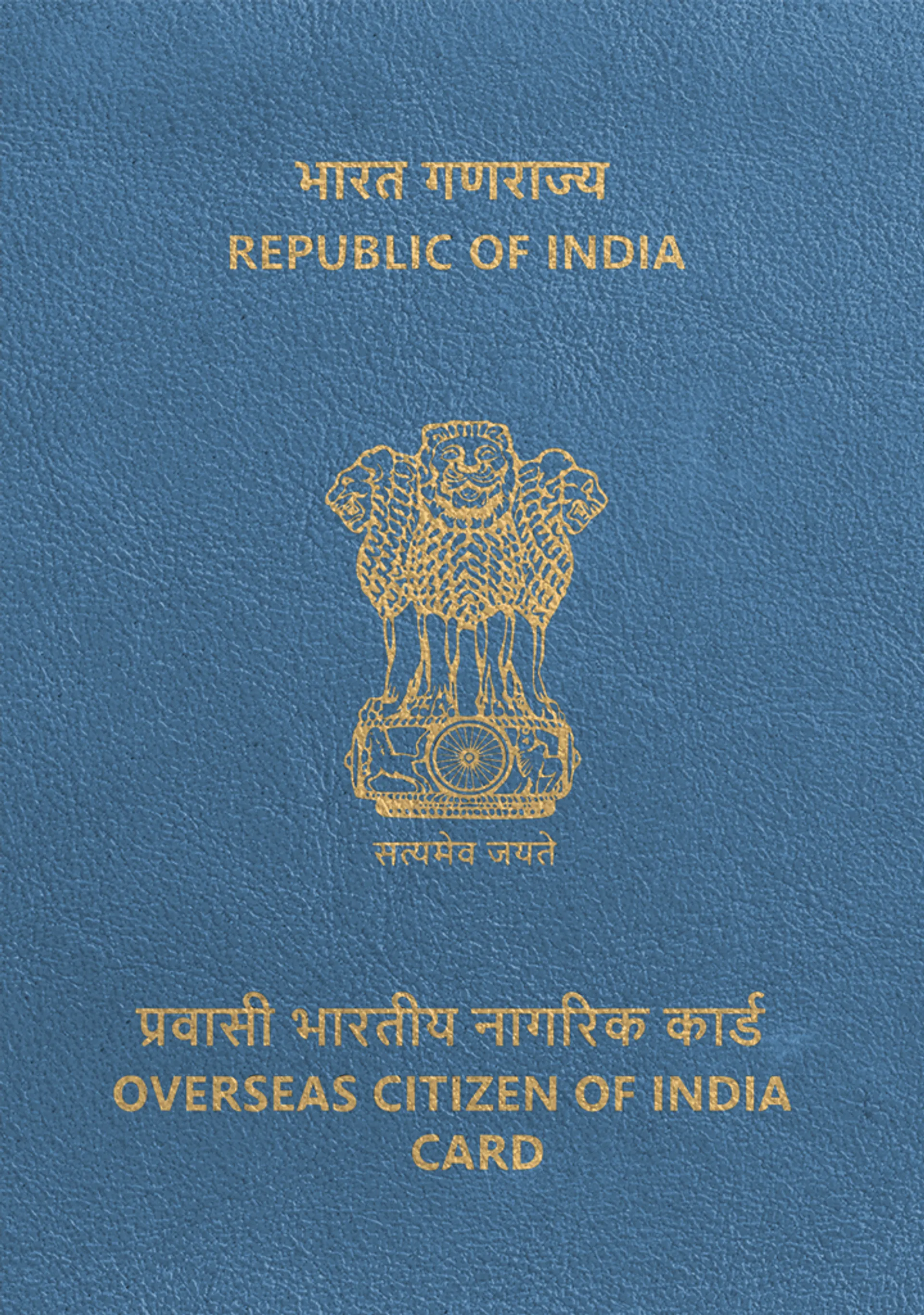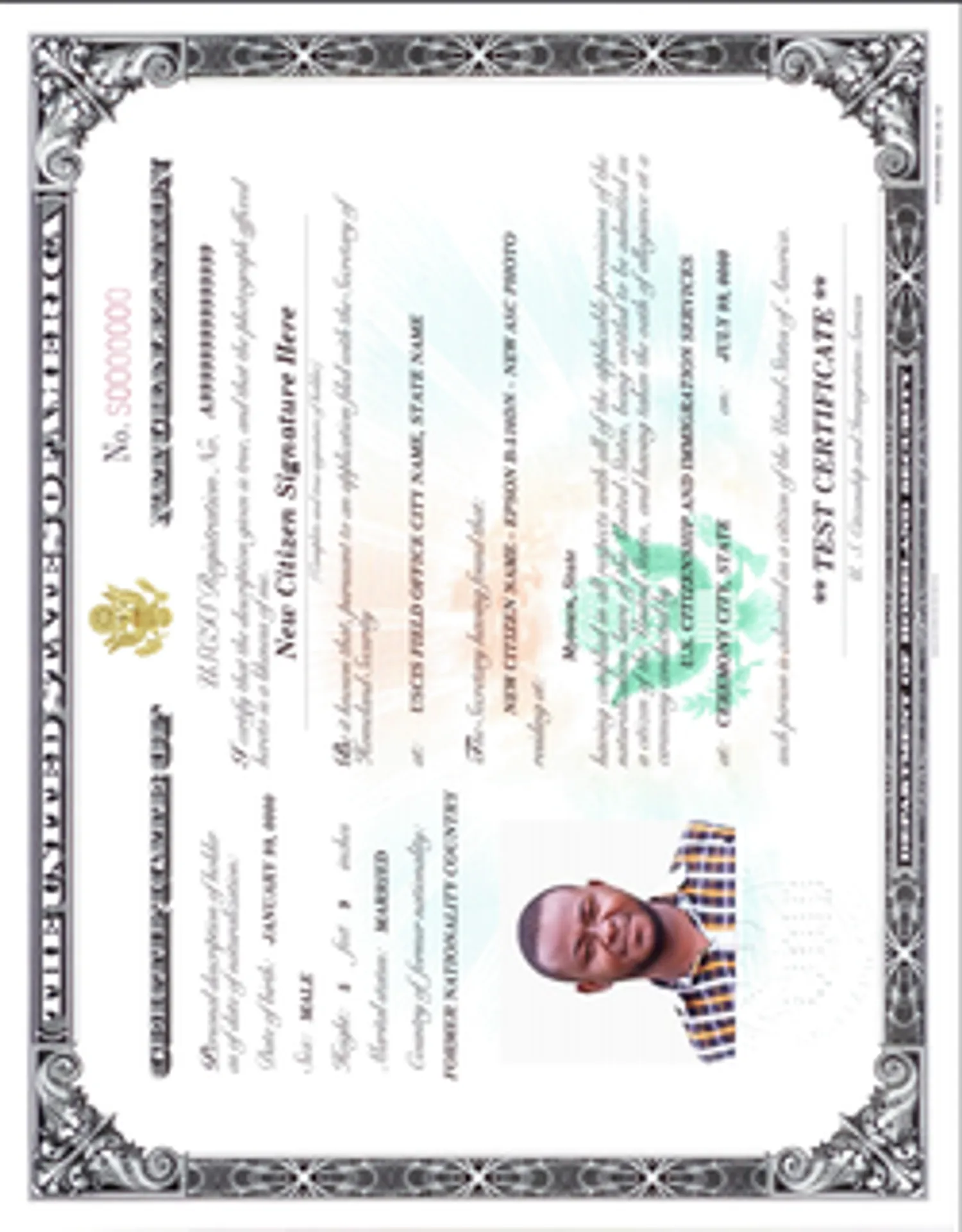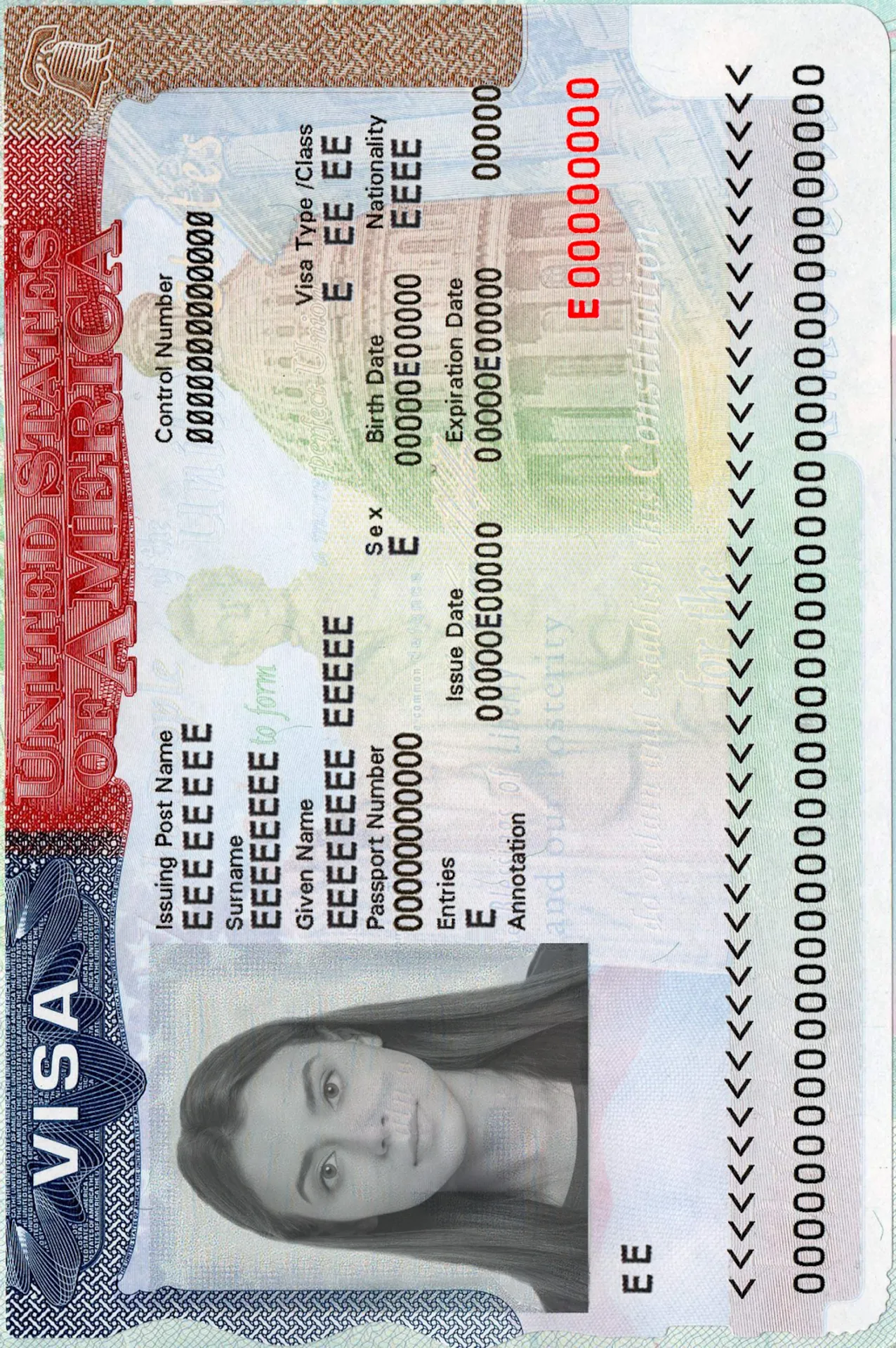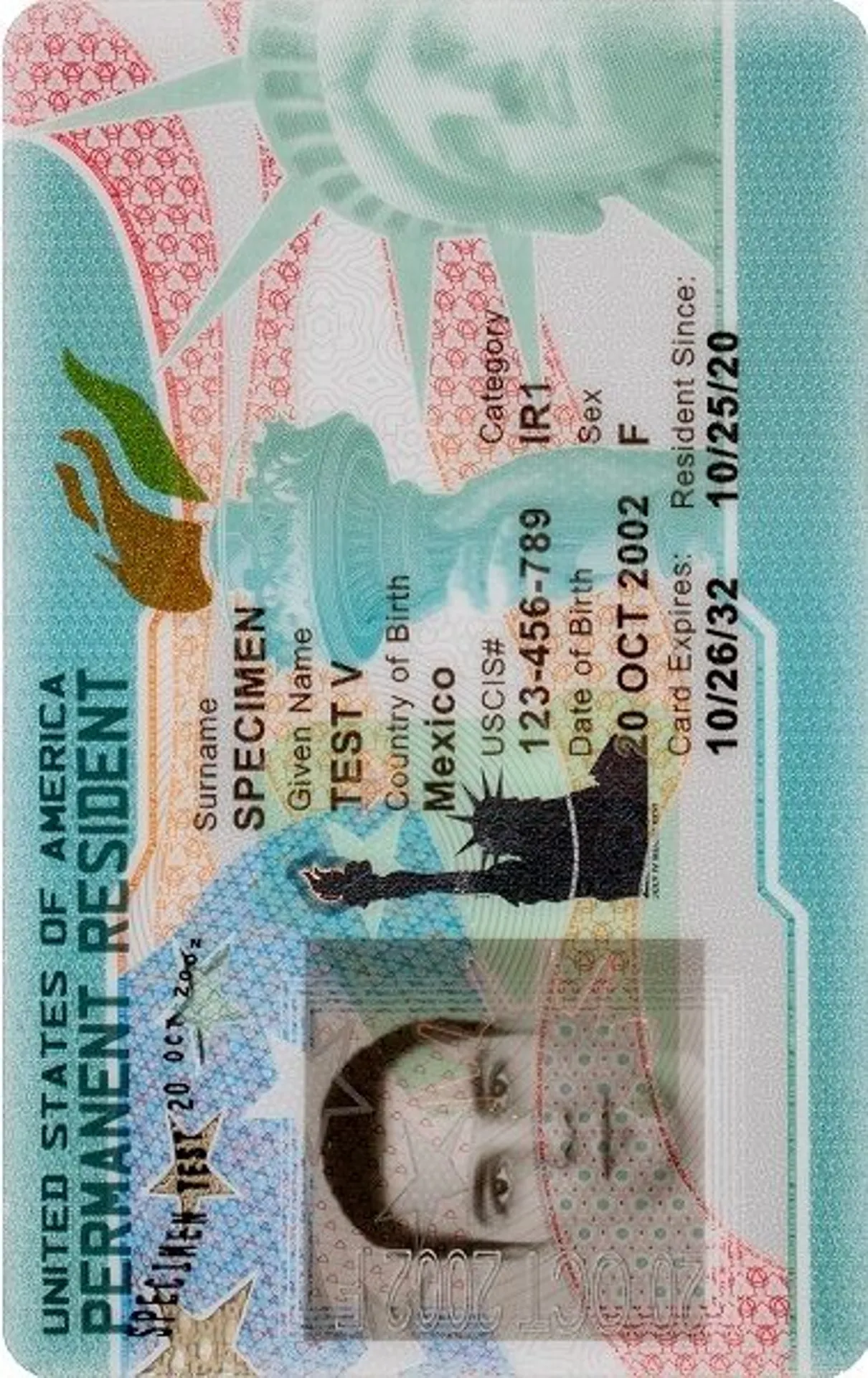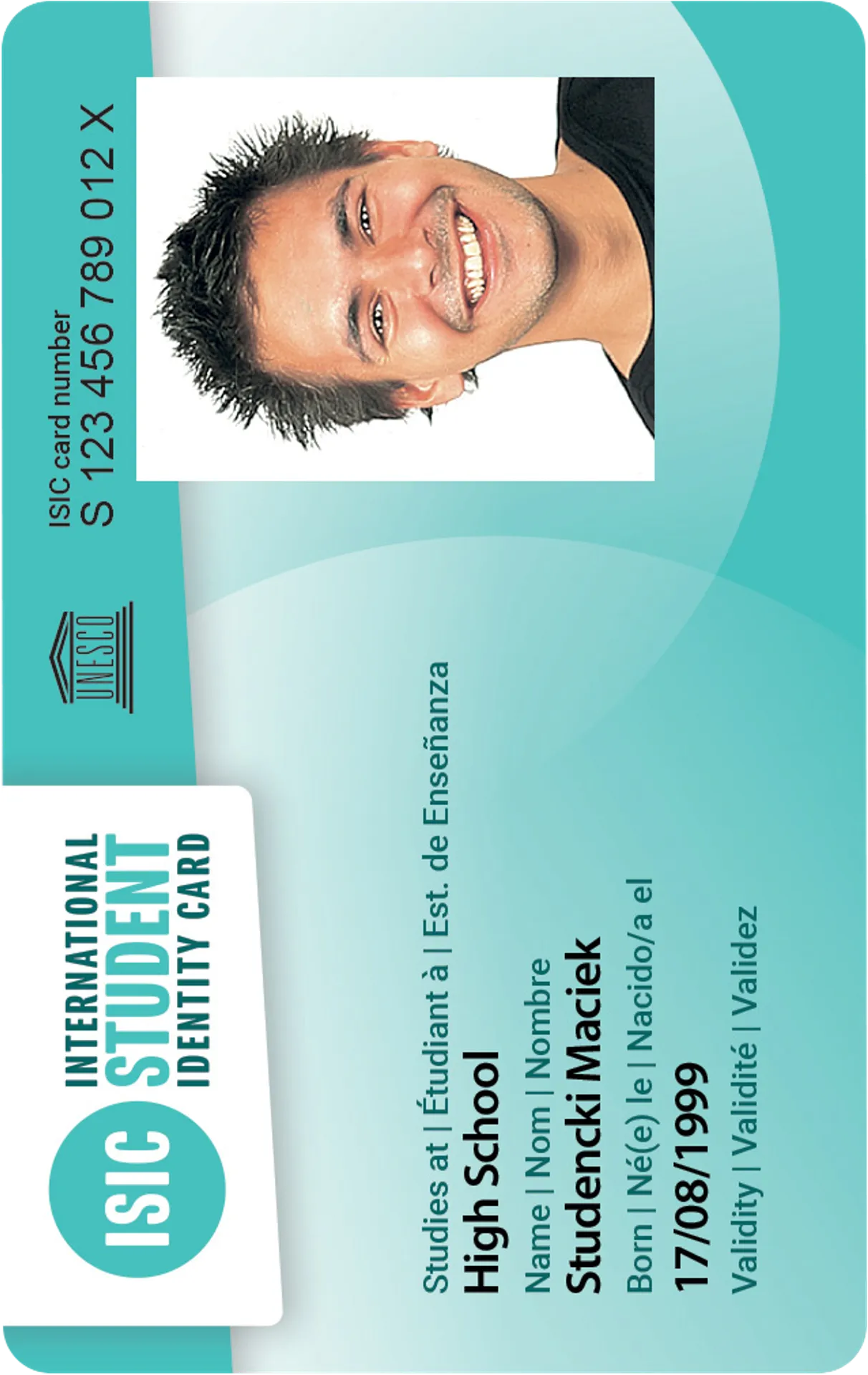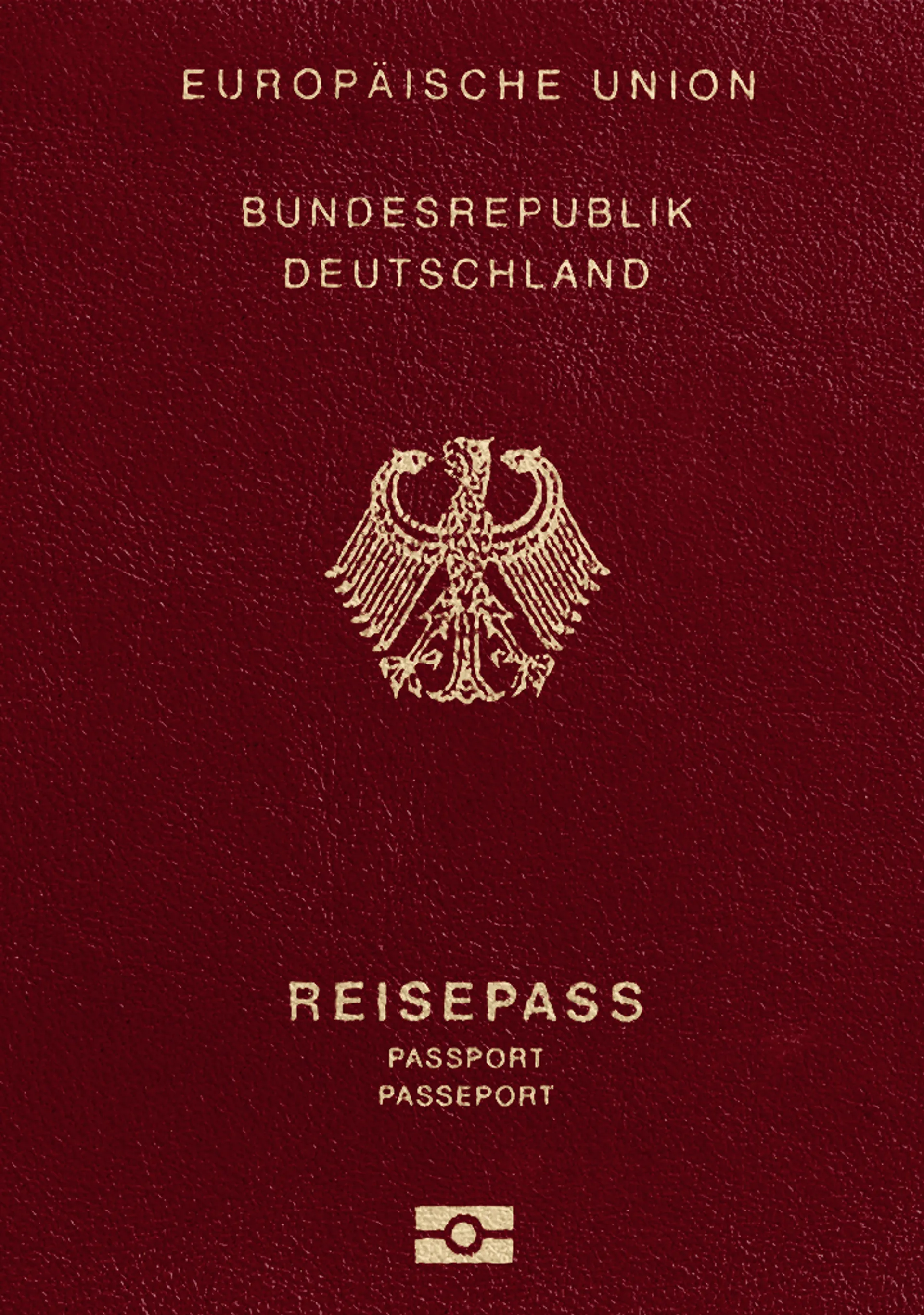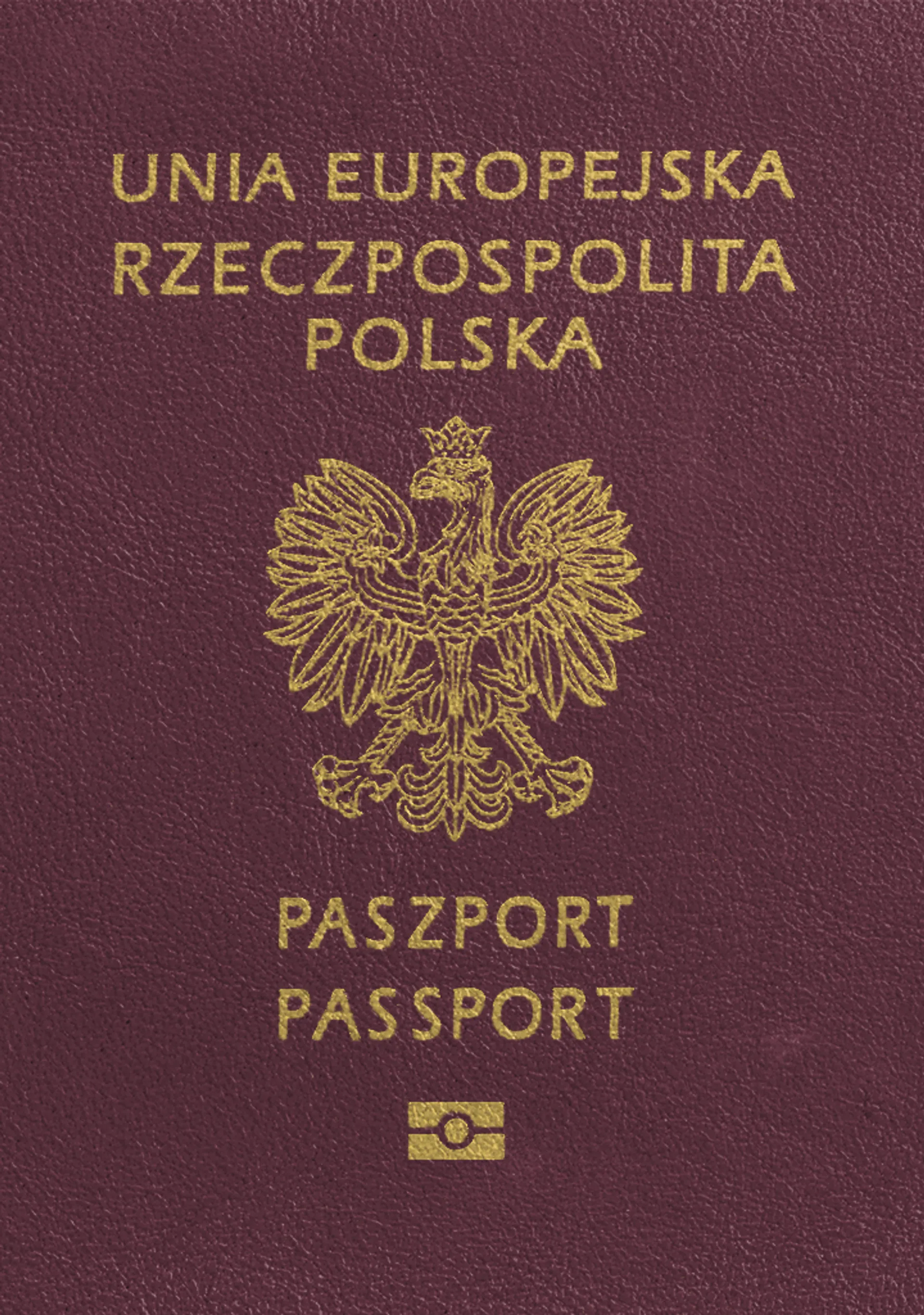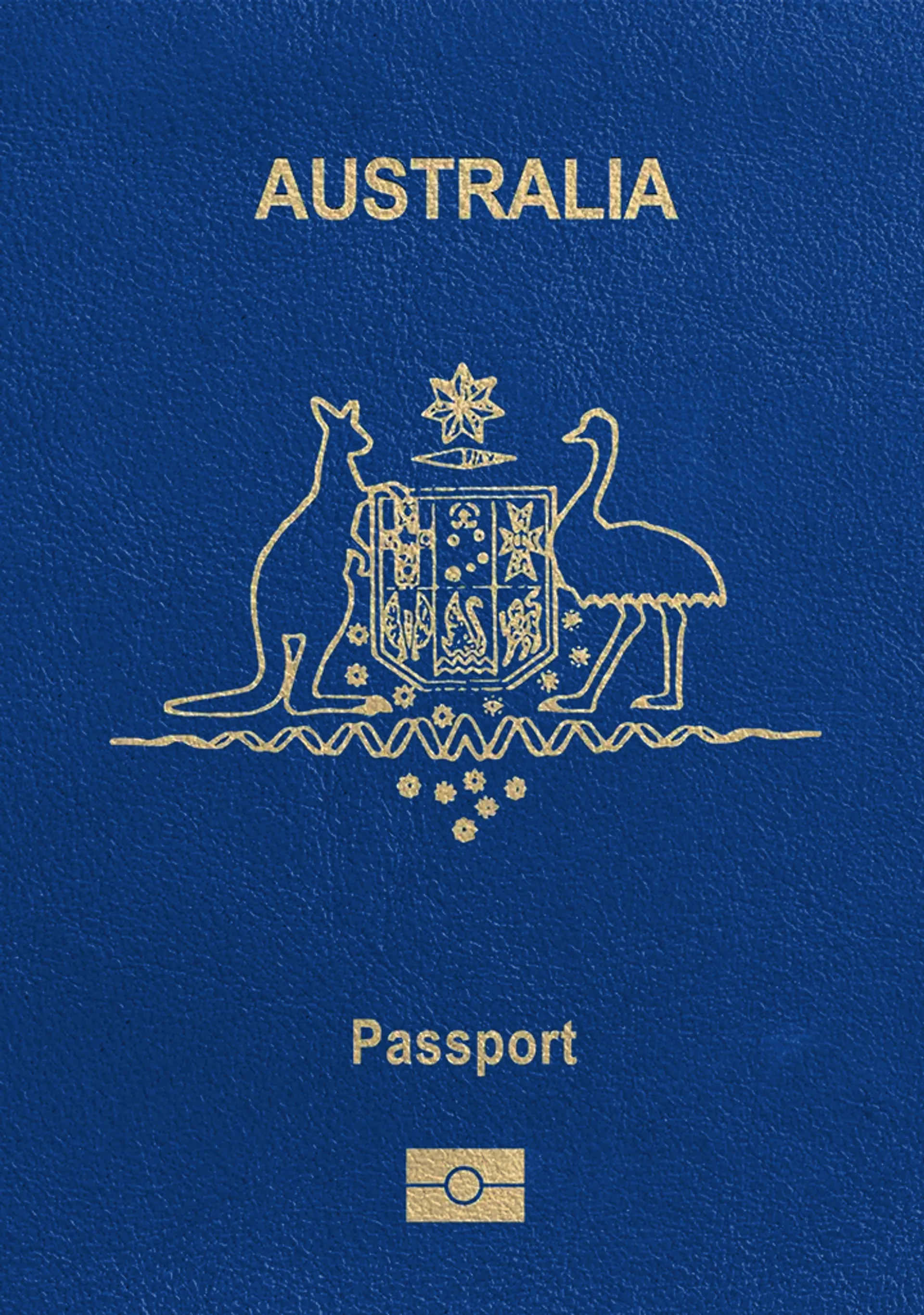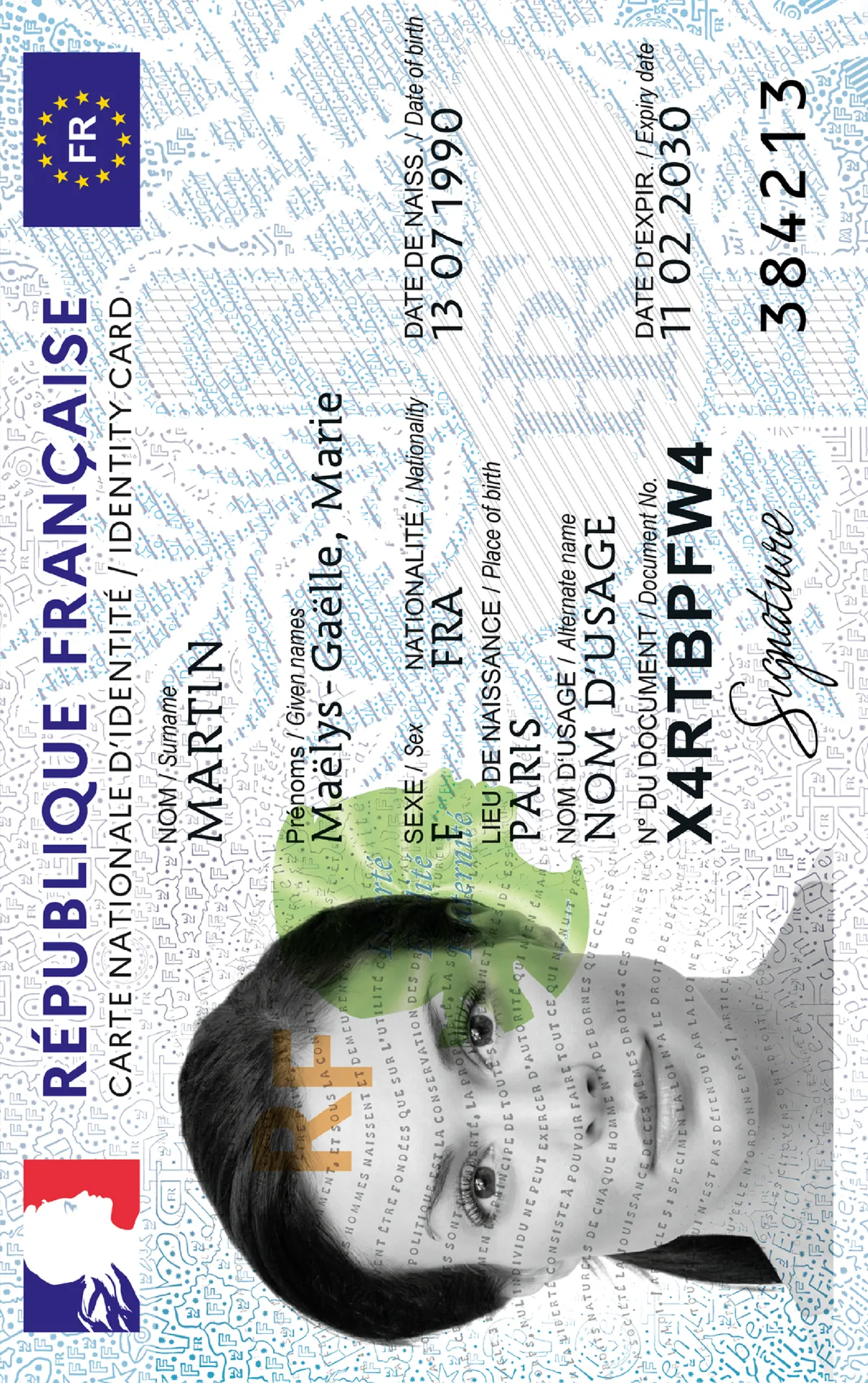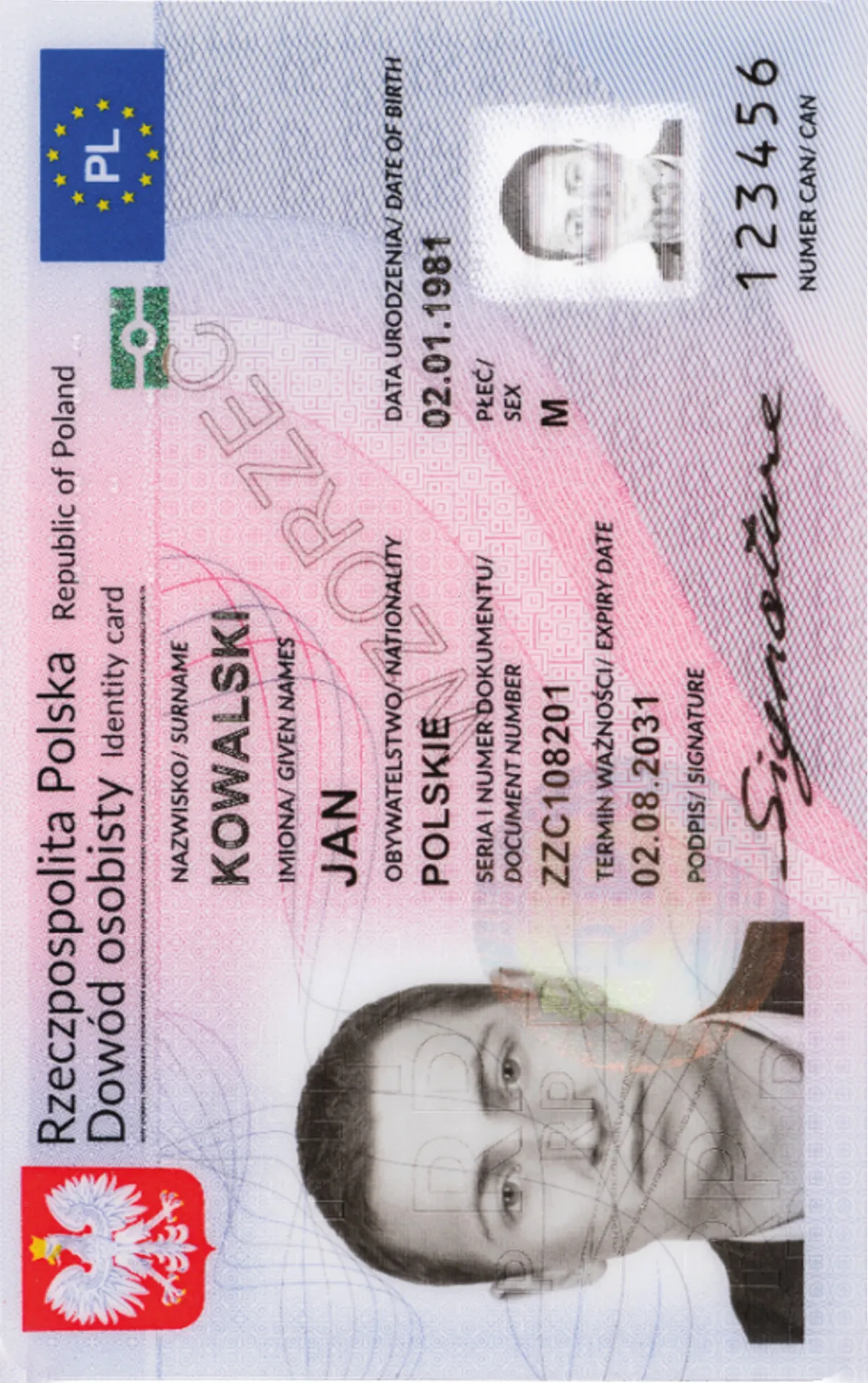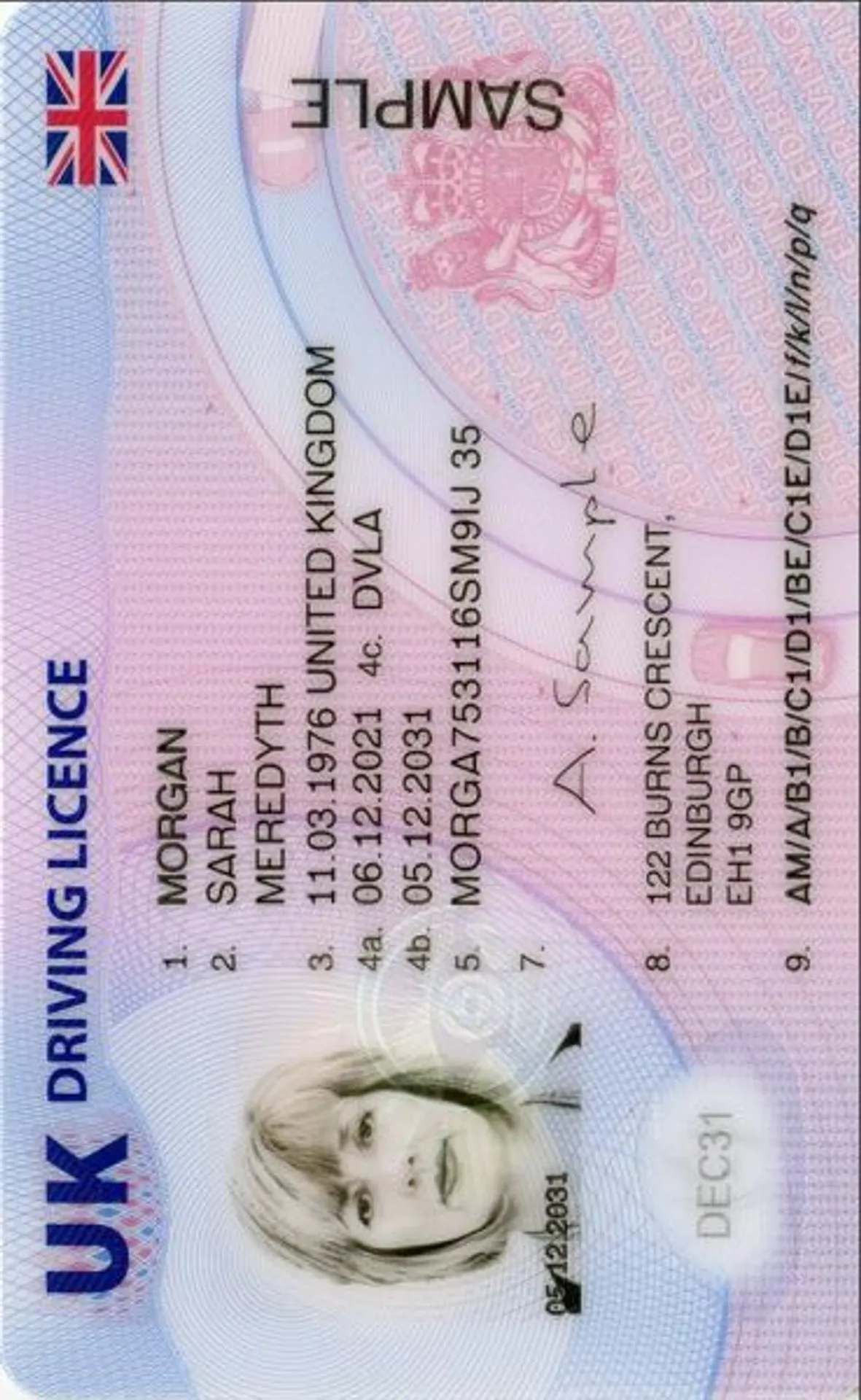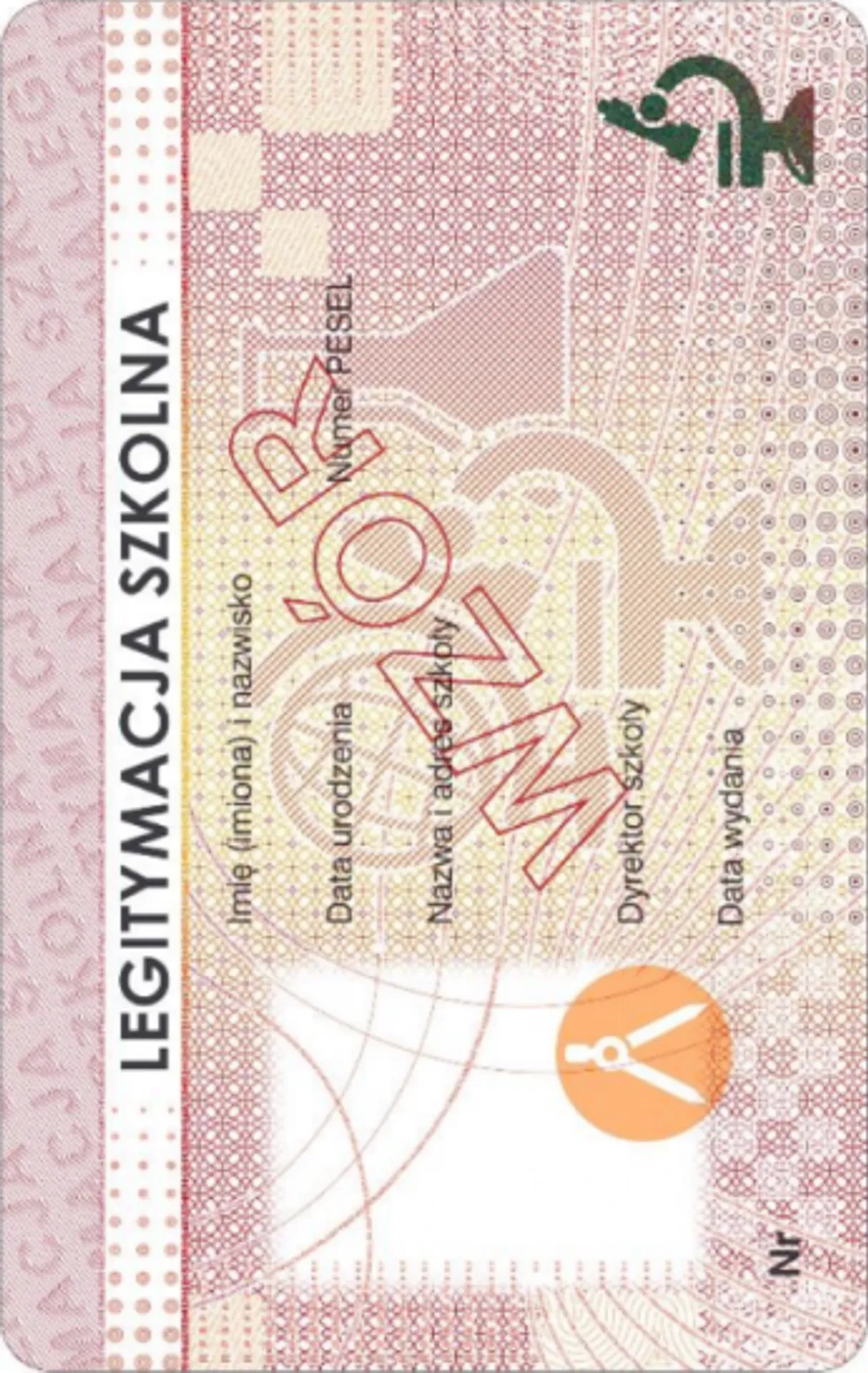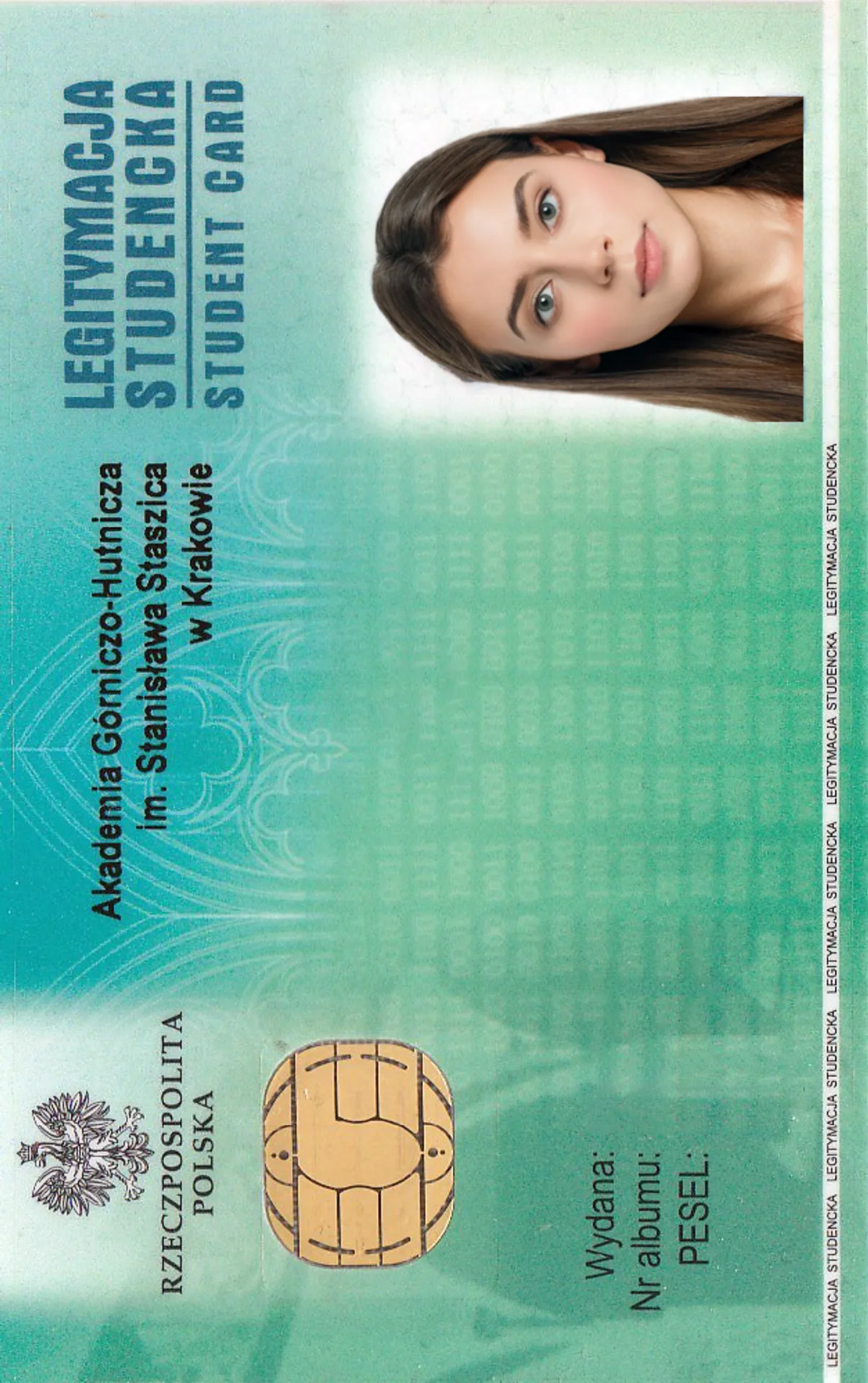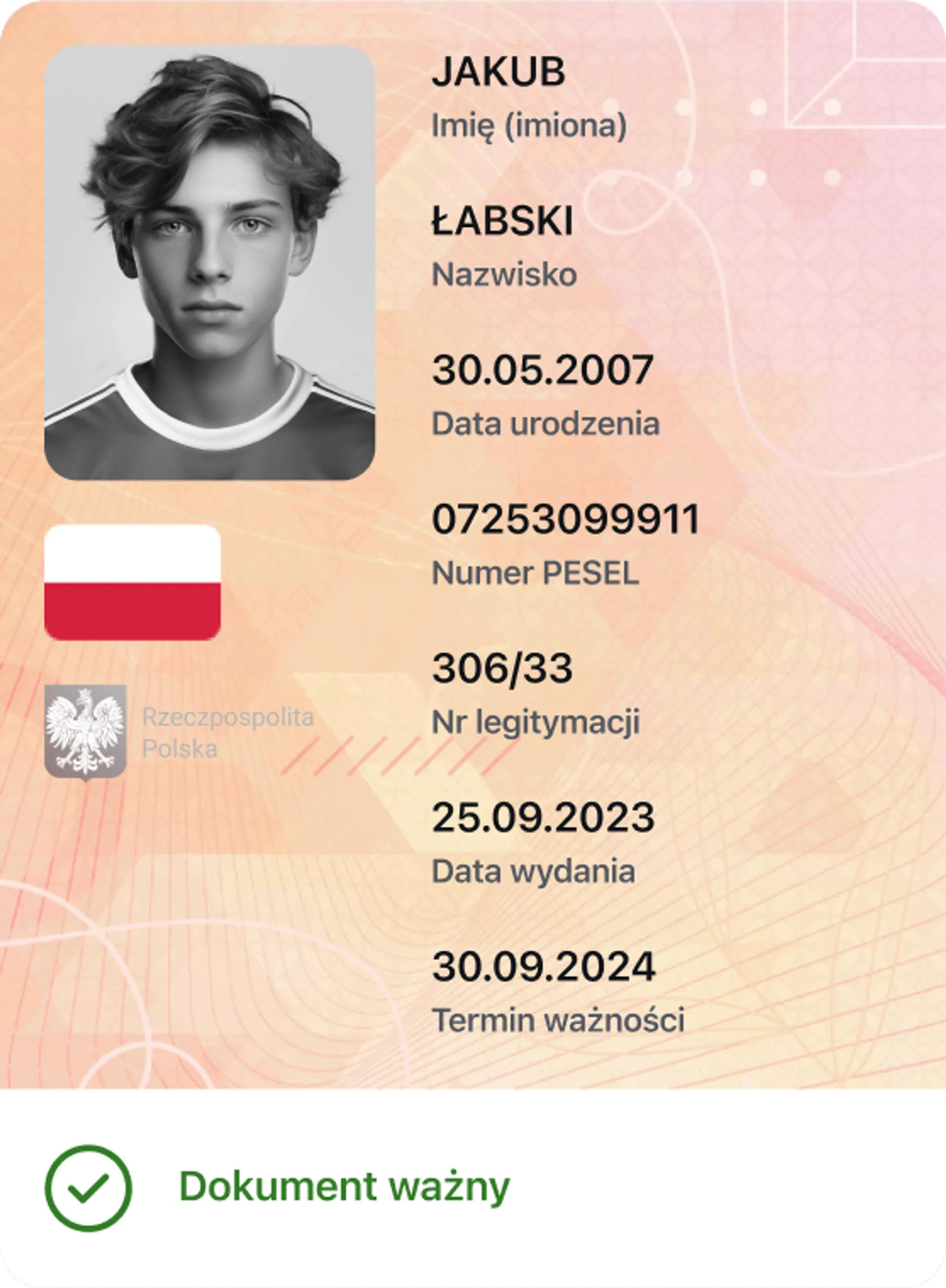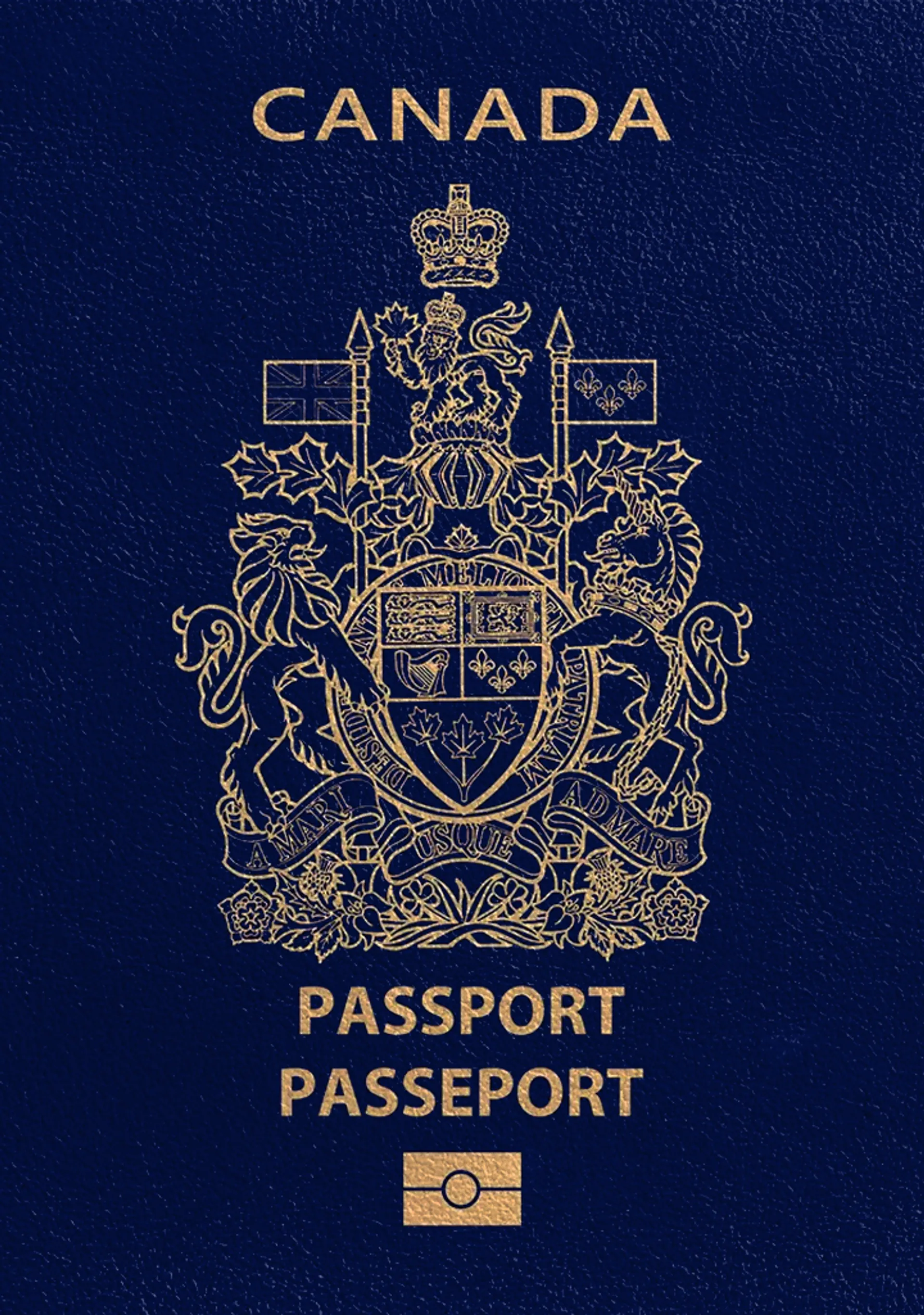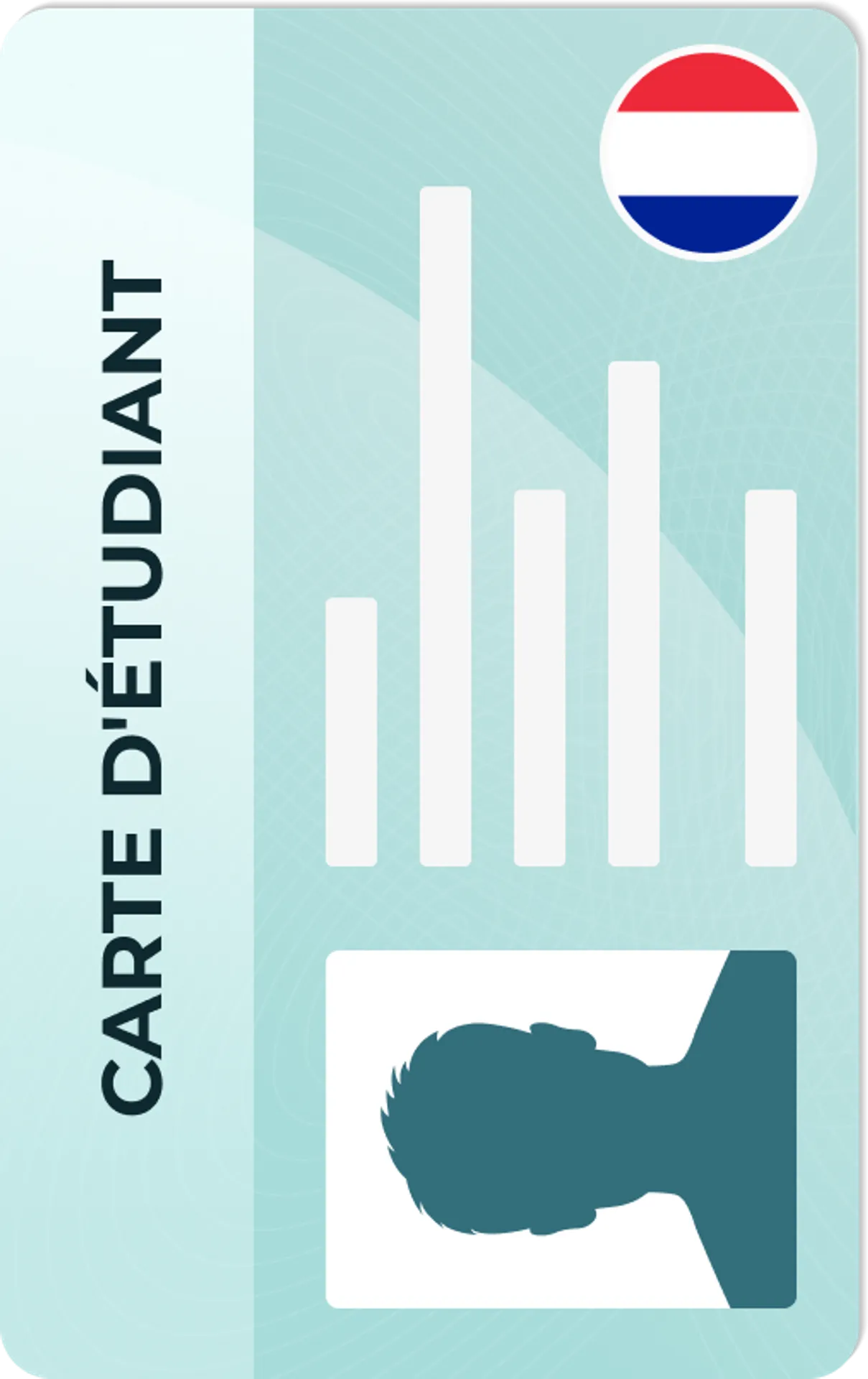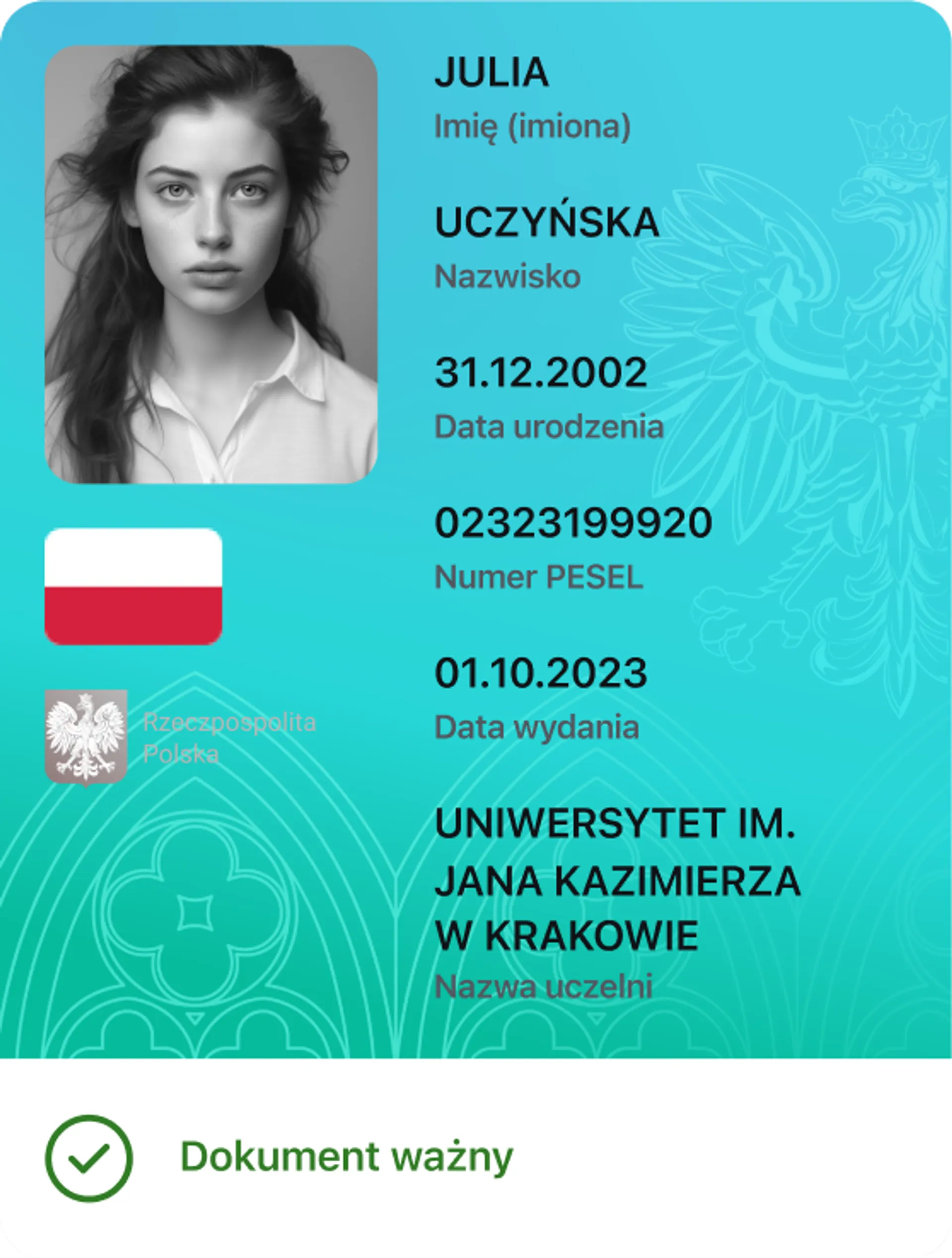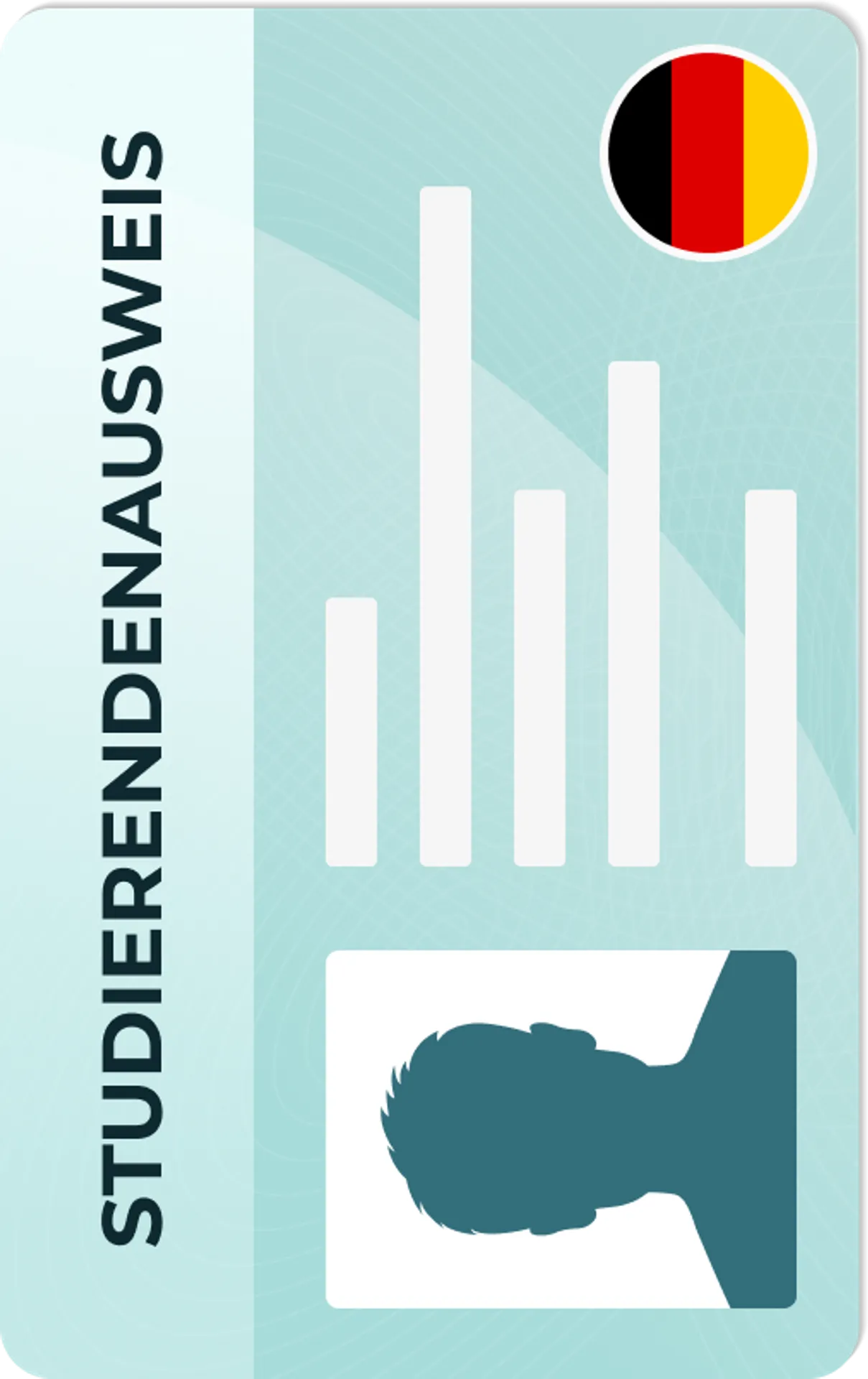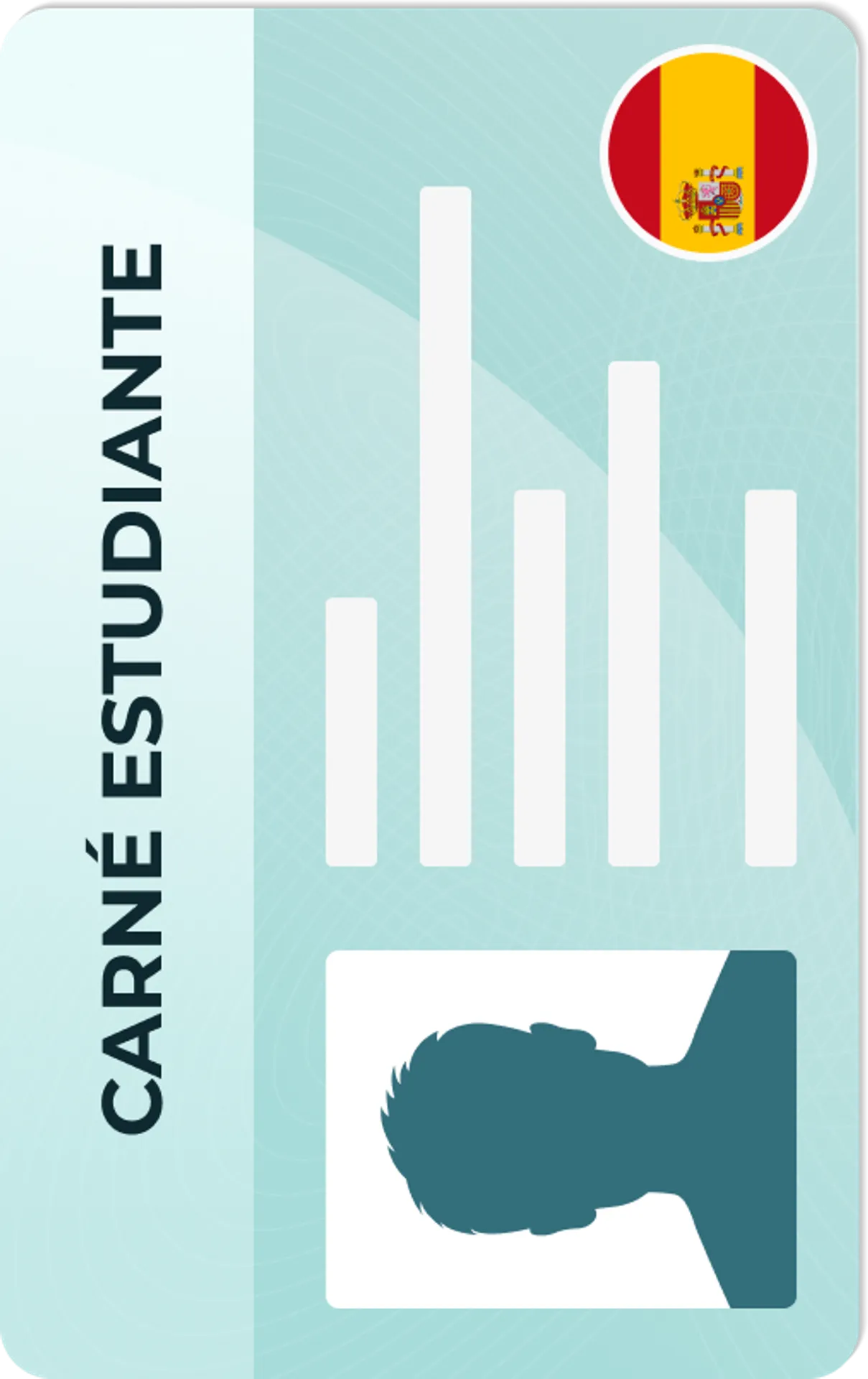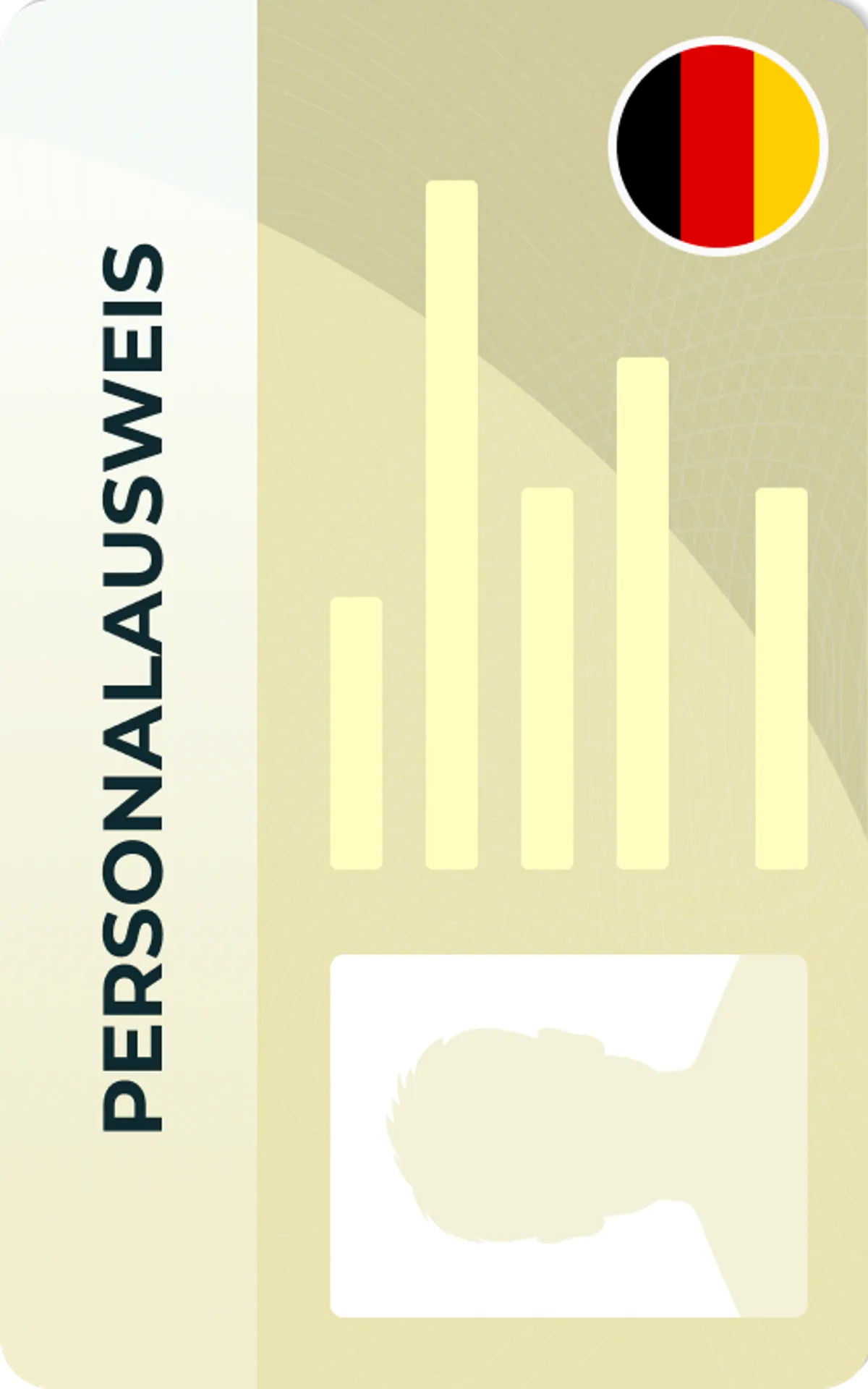Belgian Passport Photo Tool


As seen in








Belgian Passport Photo - Size & Requirements

Size
Width: 35 mm
Height: 45 mm
Is it suitable for online submission?
Yes
Image definition parameters
Head height: 34 mm
Top of the Photo to Top of the Hair: 3 mm
Background Color
Off White
Resolution
600 dpi
Is it printable?
Yes
How does our photo tool work?

Take or upload photo
Take a photo or upload one from your mobile gallery. Follow our guidelines to meet all the requirements.

Get your photo verified
Let AI fine-tune your photo. Order your picture, and have it verified by an expert to ensure 100% compliance.

Enjoy your photo
Download your digital photo instantly, or have your printouts delivered to your doorstep for free!
Vule is a seasoned editor with a rich background in writing and editing, specializing in content related to passport photography. His skill lies in transforming complex information into clear, engaging narratives, making intricate topics accessible and relatable to a broad audience. With a keen eye for detail and a passion for storytelling, Vule ensures that every piece of content is not only factually accurate but also captivating and informative.
Requirements for the Belgian passport photo
There are some important rules you must know when capturing a photograph dedicated to your Belgian passport. Read this article to learn everything you need to know about these rules, such as:
- the correct size
- cropping and framing
- the type of background
- correct pose and composition
- permitted facial expression
- items allowed and forbidden in the photo
- technical details like minimal resolution
The passport photo in Belgium must be an original print (not a photocopy), must be in color, and must be taken not earlier than six (6) months before you submit your application form. You need only submit one (1) paper photo. If you are printing from a digital file, the resolution must be a minimum of 400 dpi. For paper prints, the required size is 35 x 45 mm. To make sure that your application is not rejected, use a professional resizing and cropping Belgium passport photo tool.
Belgian passport photo - take a picture at home
Your Belgian passport will be valid for the next seven years, so you want to look nice. Many people capture and create their passport photos at home, where they can conveniently change outfits and re-do their hair and makeup. It’s easier and faster than going to the mall, tracking down a photo booth, or hiring a professional photographer. When you do your photo shoot at home, all you need are:
- your smartphone, tablet or a digital camera,
- somebody to help you (because “selfies” are never acceptable),
- a tripod, if you prefer to do it alone,
- this list of the Belgian passport photo requirements,
- the smart Passport Photo Maker, which will properly resize, crop and adjust your picture.
Technical details for a Belgian passport photo
There are technical demands for Belgian passport photos. It doesn’t matter if you upload your passport photo online or get it printed; either way, the image has to meet certain quality requirements. Your picture must be:
- sharp, clear and focused
- not underlit or overlit
- have good contrast and saturation
- show your natural skin color and eye color
- not damaged or scratched in any way (for prints)
- at least 400 dpi of resolution (for digital files)
- not printed on an inkjet printer.
Home printers are not suitable for high-quality photos. You can get your prints made at office supply stores and most drugstores.
Belgian passport photo size and crop
The photograph for your Belgium passport must be 35 x 45 mm in size. The head (from the top of the forehead to the bottom of the chin) must not be smaller than 31 mm and not bigger than 36 mm. There must be space remaining between the crown and the top edge of the picture, and on both sides of the face. In addition to your face, your neck and the upper part of your shoulders must also be visible.
It’s a lot to learn. But you won't need to know all the details if you use our resizing and cropping passport photo App!
Background in the Belgian passport photo
The background in Belgian passport photos must be light in color, but not necessarily white. It may be cream, light gray, or a very light blue. The important thing is that the background is uniform and plain (no gradation of color), and free of shadows and patterns. No other people or objects can be visible behind the candidate's head. But don’t think this is difficult to do! In fact, it’s easy with the background erasing passport photo app!
Composition
The main rule for official photographs is that the head must be centered. The head cannot be tilted in any direction, and the candidate has to be looking directly into the camera lens. The shoulders must be straight and squared: the en-face view is required, and photos captured at an angle are not accepted.
Smile
Smiling in the Belgian passport photos is not allowed. Neither is frowning or grimacing. Your facial expression should be neutral and relaxed, with open eyes and closed (but not tightened) mouths.
Glasses and sunglasses
Sunglasses and tinted glasses are forbidden in passport photos. Everyday glasses are allowed, but under certain conditions. The frames cannot obscure your eyes, so if you have large frames consider taking off your glasses for the picture. Also, eyeglasses cannot have any glints of light, reflections or glare. If they do, then your photo will not be approved.
Head coverings
If a headscarf is a part of your religious attire, then you are allowed to pose in it for your Belgian passport picture. The same is true for every head covering used for religious purposes: yarmulkes, turbans and hijabs, for example. Just make sure that your headgear does not cover any part of your face. Your facial features must be clearly visible.
Fashion headgear such as headbands, sweatbands, hats and caps are not allowed in the passport photo in Belgium. Avoid huge hair decorations like ribbons and bows, too, as they can also obscure your face.
Jewelry and piercings
You may wear jewelry in a Belgian passport photo. Just make sure that no part of it covers your face (e.g. massive earrings). If you have a permanent facial piercing, you do not need to remove it for the photo unless the piercing is making shadows or reflections upon your skin.
Hairstyles and beards
You used to have to be able to see the candidate’s ears in the picture, so you could not wear your hair down. Now, however, you can do your hair however you like — up or down, behind the ears or over the ears — as long as your face is fully visible. Just remember to leave some space between the side edges of the photo and your head. If your hair is very voluminous, it might be a good idea to wear it up.
If you have a beard, you are not obligated to shave it for the passport photo. Just keep in mind that your face must still be recognizable.
Clothing
For your Belgian passport photo you can wear whatever your wish, except no military uniforms. While there is no official dress code, we have some tips for you.
- Wear something a different color from the background so you don’t blend in.
- Do not wear a turtleneck shirt; they don’t make for good head-and-shoulder pictures.
- Do not wear a tank top - in the photo, you’ll look like you’re naked.
- Do not wear camouflage patterns or anything resembling a uniform.
Lights
Every professional photographer says that the best light is daylight. If possible, take your picture facing the window. The light must evenly illuminate both sides of your face. A shadow on your face may disqualify the picture. Do not use a fill flash because the flash can causes the “red eye” effect. Pictures with red eyes will be rejected.
Belgium passport photo originality
We all have our favorite photos from holidays or parties, pictures where we look great. People ask if it’s allowed to cut out the head from such a photo, and use it for their passport application. The answer, unfortunately, is no. You cannot crop your face from a larger photo.
It also cannot be a photocopy. Selfies are forbidden, too. You’re not even allowed to use the zoom function on your camera or smartphone. The photo dedicated to the passport must be originally taken.
“Originality” also means that the picture cannot be altered in any way, which includes using Photoshop or other computer programs. Do not retouch the picture to make yourself look better. Do not use any graphic filters to add warmth or sparkle. Each and every picture is checked by artificial intelligence, and if this tool detects any touch-ups, the image is automatically rejected.
Belgian passport photo tool
This online passport photo tool does all the work needed to adjust your picture to the specific requirements. It resizes and crops your image to the required 35 x 45 mm dimensions, centers and sizes the head, removes the background, and finally verifies that everything is correct. The app sends a ready-to-print picture to you via email. You can print it in a one-hour photo store, or digitally attach it to your application.
Passport photo in Belgium - photo validator
To be sure that your passport photo complies with ICAO standards, you must check that all requirements are satisfied. If you want to be 100% sure, use a Belgian passport photo app which verifies that your picture is acceptable. You can take an unlimited number of shots, and you only pay for the one you use.
Passport photo app for iPhone
We have good news for users of devices working on iOS: you can download our Intelligent Photo App from the AppStore that helps to prepare and store your photographs so you can use them for other documents. You may upload images directly to online applications, or print them out.
Passport photo app for Android
Smartphones like Samsung, LG, Huawei, HTC, Lenovo and Sony use the Android operating system. We designed a Photo Editor to download from Google Play Store specifically for Android. Use this app to create, store and correct your passport-style pictures. You can choose among over 100 photo templates for different documents, such as visas, passports and driving licenses. The App will send your completed picture to you via email, as a JPEG file.
Belgian passport photo with satisfaction guaranteed
Maybe you still have doubts about taking a passport photo at home. Maybe you think that if you go to a photography studio, you’ll pay more but you’ll get a guaranteed suitable picture. Good news: we give a 200% guarantee for any passport photo ordered on our website! If for any reason your passport photo is not approved, we will return double your money back. We are fast, affordable, easy and convenient — and also risk-free. Doesn’t this sound good to you?
Sources:
https://diplomatie.belgium.be/en/belgians-abroad/belgian-passport
How to prepare yourself?
Distance from the camera
Take the photo from a distance of about 20 inches from your face. Ideally, the photo should be taken by another person.
Face in front of the camera
Place your face in front of the lens and keep a neutral expression on your face. Hold the camera at face height.
Even lighting
Just stand facing a light source such as an exposed window. Don't worry about the background.
Documents
We provide photos for IDs from all over the world. You’ll find the one you are looking for!

Popular Documents
Popular Documents Around the World
Related documents

FAQ

You can use the resizing passport photo App which adjusts the photo size in one second.
You may make a check-list and control every point of the photo specification or let it verify the picture to artificial intelligence. Just download our validating photo app and see the result.
Your digital photo for a Belgian passport must be at least 400 dpi.
No, do not do it. Your passport photo must be original - not altered by any computer program or software.
Sure you do! The passport photo taken with an iPhone or another smartphone can be the same quality as the professionally taken one. Just make sure if it satisfies all the requirements and use a smart passport photo editor to resize and crop it correctly.
Not at all! You can take your passport photo on your own and use the online passport photo maker to adjust it quickly to the requirements.
All you need to do is to download a background removing photo app. This App removes the wrong background and exchanges it into a required one in one second.
The background in Belgian passport photos must be light but it may be color different than white. Cream or light-grey are suitable. The background must be also plain and free of spots and shadows.
You do not need to do it on your own. Just download and use the passport and visa photo cropping app to have it done instantly.
No. To apply for a passport, you need to go to your municipality's passport service. A personal meeting is necessary in order to take from you the fingerprints and other biometric data.
The height of the head from the crown to the chin must be between 31 and 34 mm.
It is the usual size for biometric passport photos in European Union: 35 mm x 45 mm.
No. Fashion head covering in passport photos are not allowed.
Yes if it is a part of your everyday used religious attire and you travel internationally wearing it. Just keep in mind that a headgear must not cover any part of your face.
Yes, you can but their frames must not obscure or drop shadow on your eyes and glasses must be transparent and not give reflections.
No. Your passport photo must be original, not cut out from another image.
One printed photo. It must be in color and satisfy certain indicated requirements.

Are You Satisfied With Our Service?
Let us know how we’re doing.
Customer feedback is always welcome.
Rate Your Reading Experience:





Rating: 4.73/5
Number of votes: 131












